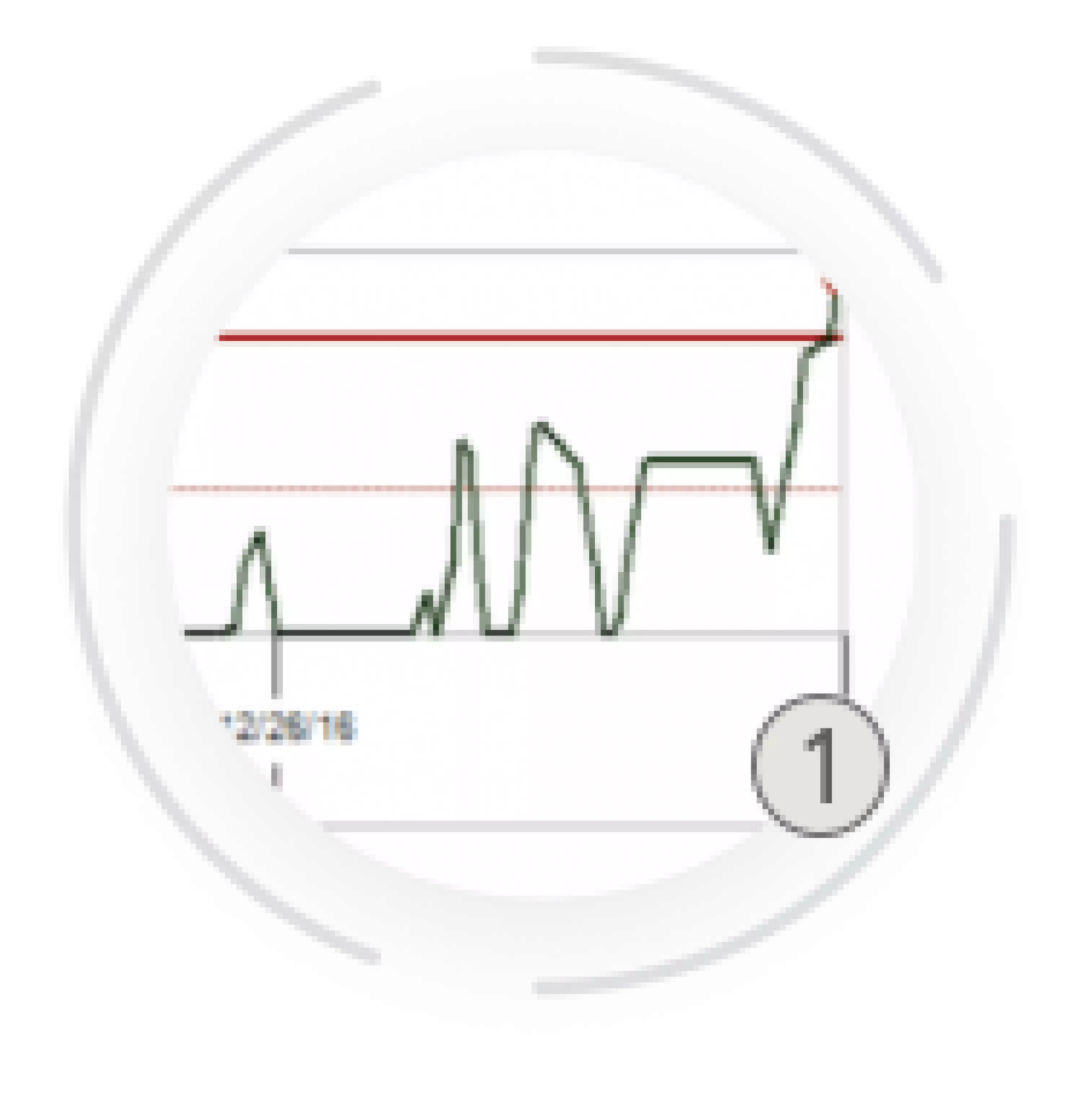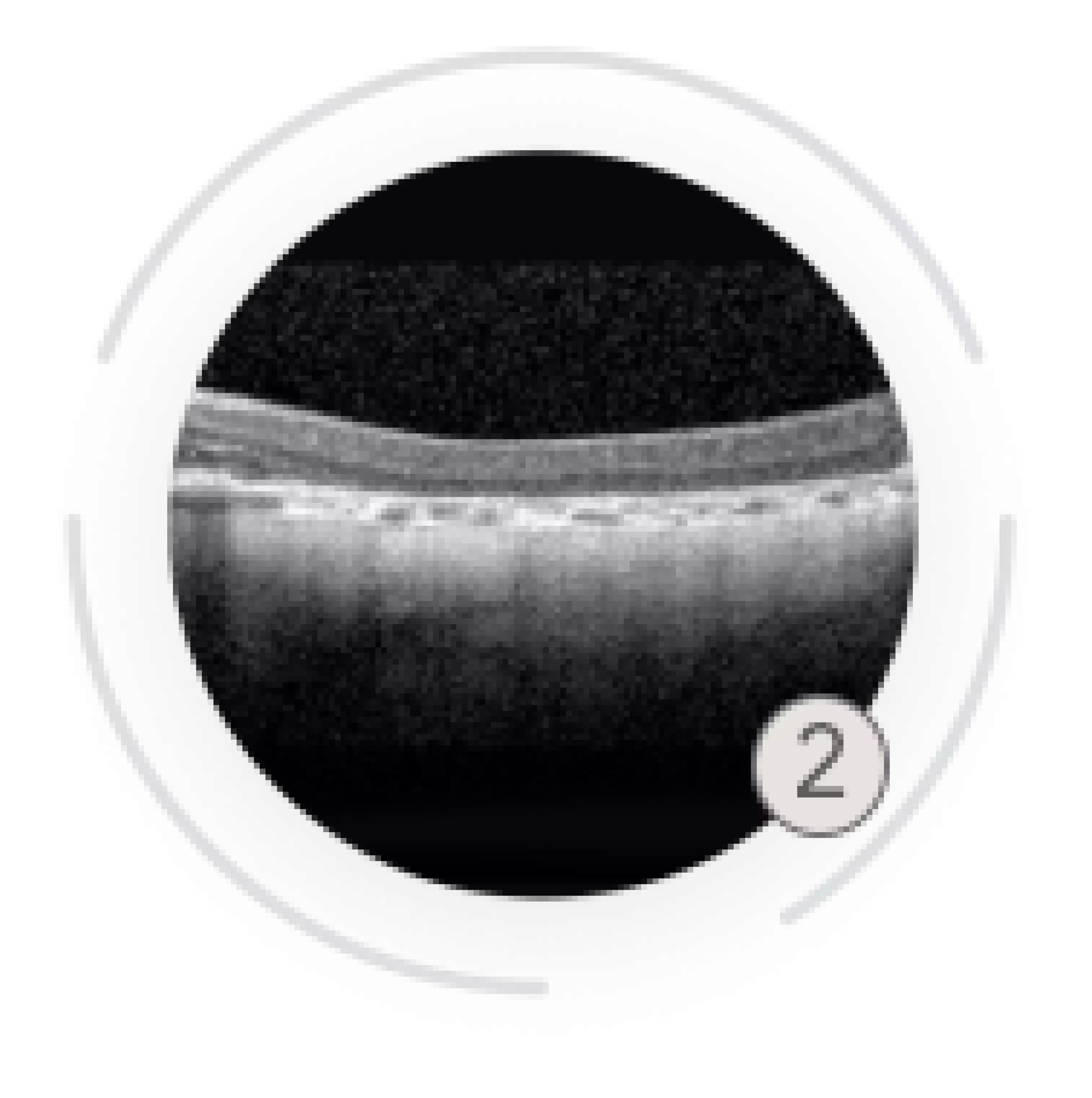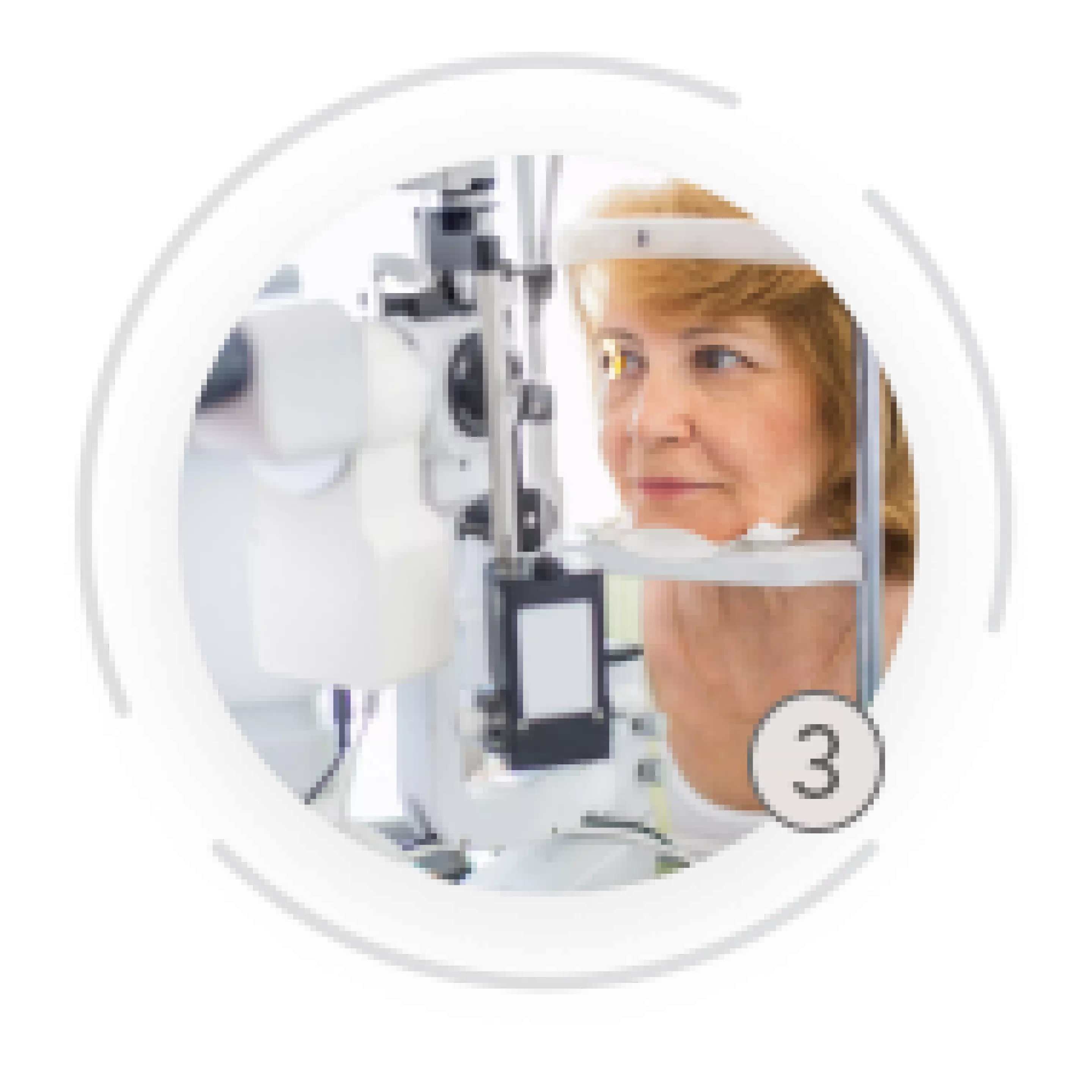Understanding ForeseeHome Alerts
A ForeseeHome alert occurs when there’s a statistically significant change from a patient’s test compared to the baseline, indicative of changes in metamorphopsia or scotoma that may indicate conversion to neovascular AMD.
When an Alert Occurs
- The Notal Vision Monitoring Center reviews the patient report
- An encrypted email notification with a direct link to the patient report is sent to the designated alert recipients
- If the Notal Vision Monitoring Center does not receive a read receipt from the email notification, we will follow up with a call to the practice
- An alert email is the practice's cue to contact the patient to schedule an exam
AFTER AN ALERT
- The device reverts to baseline mode
- If the patient is unable to establish a new baseline, the process for unable to establish baseline is followed
- If the alert results in a conversion to wet AMD, the patient will discontinue monitoring that eye, or return the device if that is the only eye being monitored
ALERT COMPLIANCE
If we do not receive a read receipt confirmation from the alert email, the Notal Vision Monitoring Center will call the practice after 3 days to confirm that the alert was received so a follow-up patient visit can be scheduled. A voicemail message is left if we are unable to contact the practice.
ALERT DISPOSITIONING
The Notal Vision Monitoring Center will follow up with your practice after the patient’s appointment for exam notes or findings. In addition to understanding if the alert resulted in a wet AMD conversion, we want to ensure we are closing the communication loop on patient care.
Non-Neovascular AMD Alerts
Occasionally alerts will arise from a non-neovascular AMD event.
1: Alerts require a statistically significant change from baseline. 2: Alerts can occasionally indicate other retinal pathology 3: Pathology cannot be confirmed until a follow-up clinical examination



Alerts, Neovascular and non-Neovascular, Are Relatively Uncommon
If you start 100 patients on ForeseeHome today, 1 year from now, you could expect about...
- 79 will have NO alerts
- 12 will have 1 alert
- 6 will have 2 alerts
- 3 will have 3 or more alerts